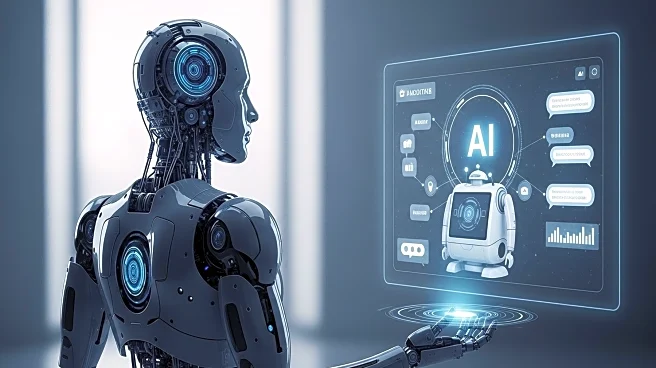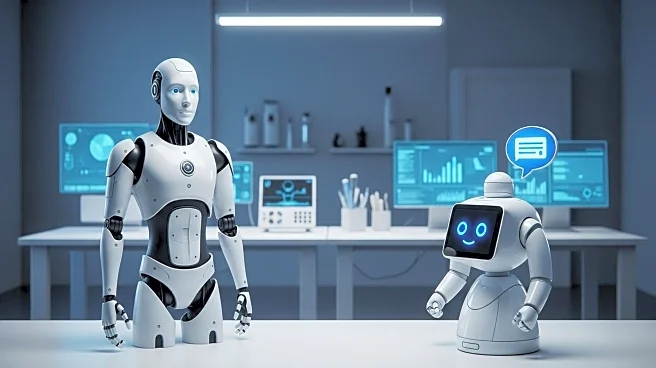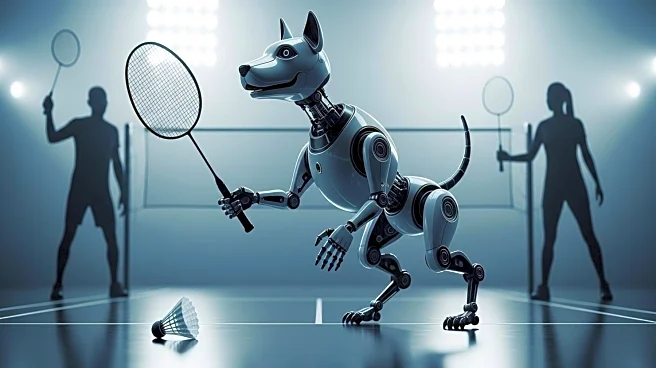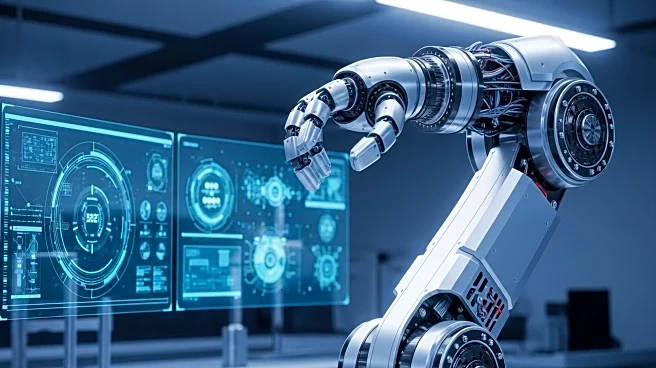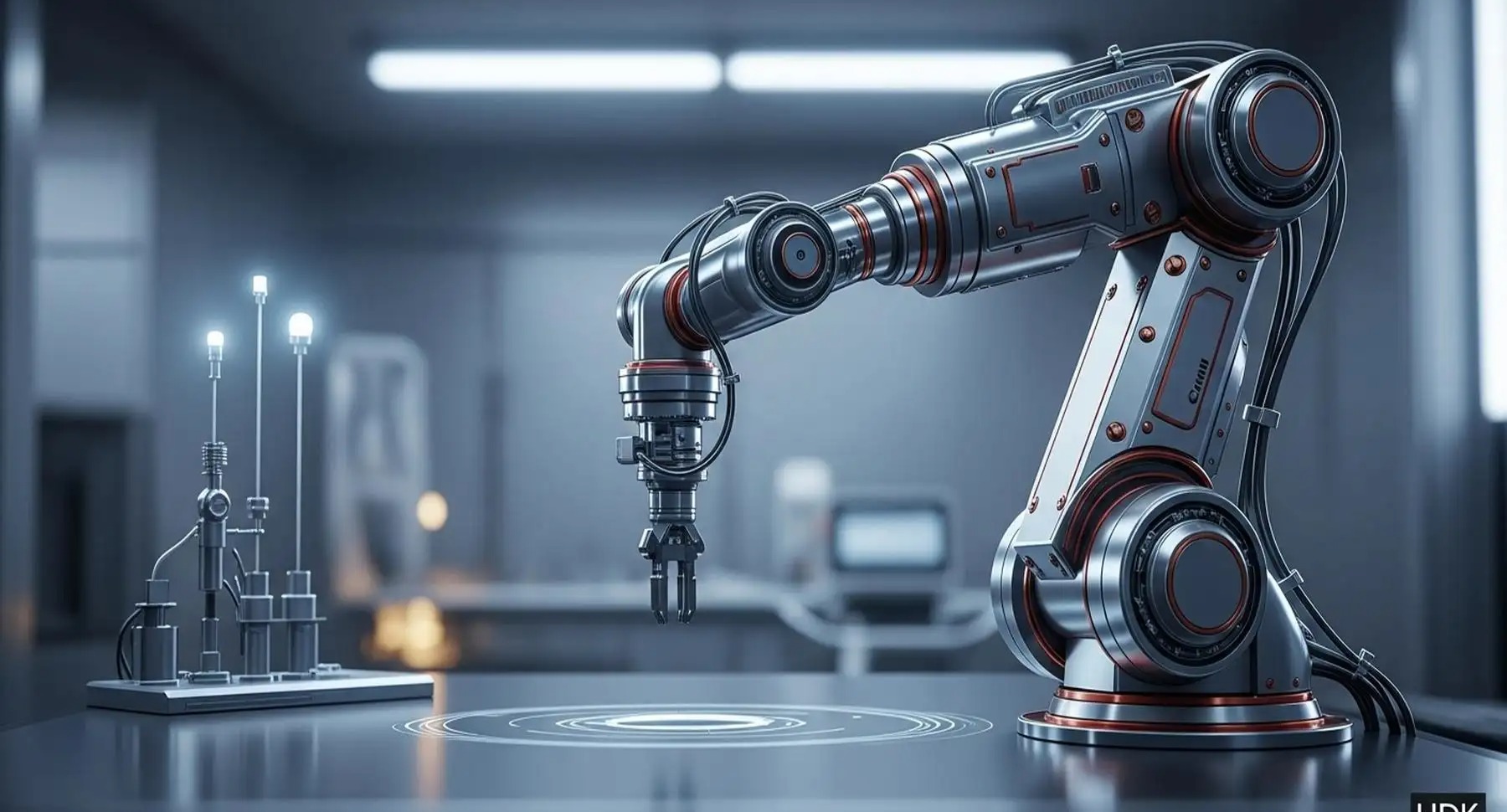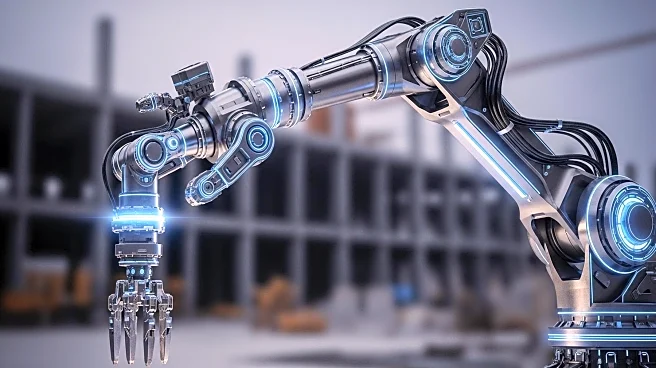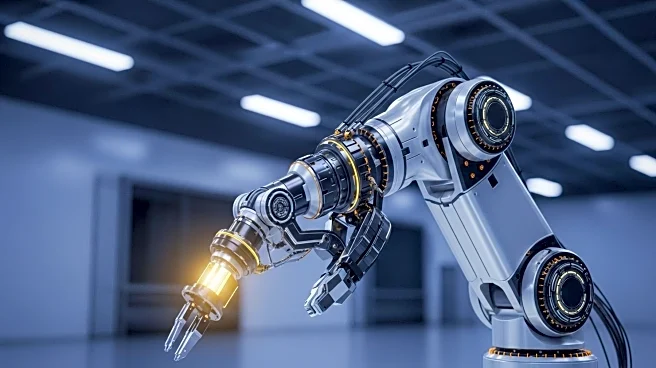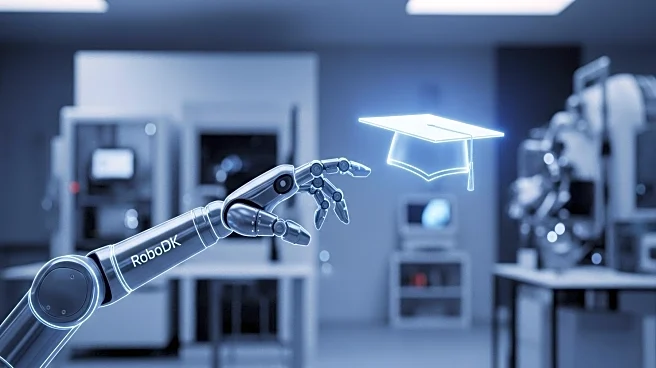What's Happening?
Despite rapid advancements in AI chatbots, humanoid robots are not progressing at the same pace due to significant challenges in dexterity and real-world data acquisition. UC Berkeley roboticist Ken Goldberg highlights the '100,000-year data gap' as a major barrier, indicating the vast amount of text data available for training AI chatbots compared to the limited physical data for robots. The debate among roboticists centers on whether to rely on extensive data collection or traditional engineering methods to advance humanoid robotics. Goldberg emphasizes the difficulty in achieving tasks requiring fine motor skills, such as picking up objects, which remain elusive for robots.
Why It's Important?
The disparity in advancement between AI chatbots and humanoid robots underscores the complexity of physical tasks compared to language processing. This has implications for industries relying on automation, as the anticipated integration of humanoid robots into sectors like healthcare and logistics may be delayed. The ongoing debate in the robotics field could influence future research directions and funding, impacting the development of technologies that aim to replace human labor in various industries. Understanding these challenges is crucial for stakeholders planning to invest in or adopt robotic solutions.
What's Next?
Goldberg's upcoming presentation at RoboBusiness 2025 will further explore the integration of simulation, reinforcement learning, and real-world data to enhance robot deployment and reliability. This event may provide insights into potential breakthroughs in humanoid robotics, influencing industry strategies and research priorities. As the debate continues, stakeholders may need to reassess their expectations and investment strategies in robotics, considering the balance between data-driven approaches and traditional engineering.
Beyond the Headlines
The ethical implications of humanoid robots replacing human jobs are significant, raising questions about workforce displacement and the societal impact of automation. The slow progress in humanoid robotics may offer a reprieve, allowing time for policymakers and industry leaders to address these concerns and develop strategies to mitigate potential negative effects on employment.
